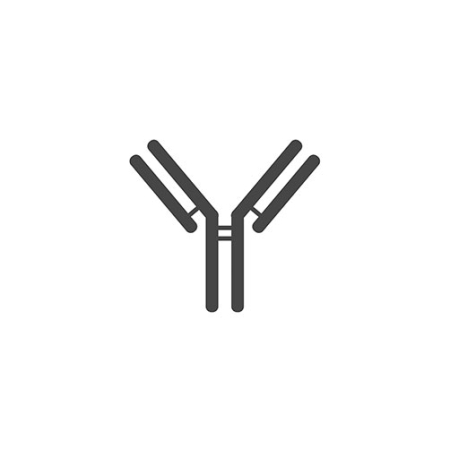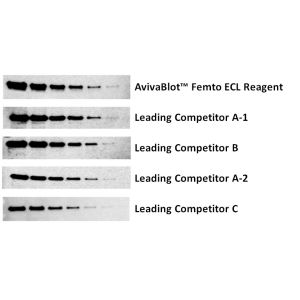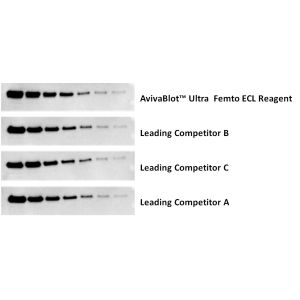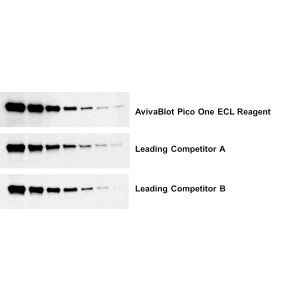Fibrillin Antibody : FITC
Référence OASB02271
Conditionnement : 0.2mg
Marque : Aviva Systems Biology
| Datasheets/Manuals | Printable datasheet for Fibrillin Antibody : FITC (OASB02271) |
|---|
| Tested Species Reactivity | Human |
|---|---|
| Predicted Species Reactivity | Bovine, Japanese Macaque |
| Product Format | Liquid. Phosphate buffered saline containing 0.1% sodium azide |
| Clonality | Monoclonal |
| Host | Mouse |
| Conjugation | FITC |
| Application | ICC, IHC-F, IHC-P, WB |
| Additional Information | Description: The fibrillins are extracellular matrix glycoproteins which occur as a major component of a subset of connective tissue microfibrils. These microfibrils have a beaded appearance and a cross-sectional diameter of 10-12 nm. In elastic tissues, these structures are thought to provide the scaffold onto which elastin is assembled to form elastic fibers, although their function in non-elastic tissues is unclear. There is an aberrant expression of fibrillin in Marfan syndrome. The epitope for the monoclonal antibody 11C1.3 has been found to be within exons 18-20 (a.a. 723-909). |
| Reconstitution and Storage | Store at 2-8C |
| Immunogen | Microfibrils from the zonular apparatus of bovine eye |
| Concentration | 0.2 mg/mL |
| Specificity | Fibrillin |
| Gene Symbol | FBN1, FBN1 |
|---|---|
| Gene Full Name | fibrillin 1 |
| Alias Symbols | FBN, SGS, WMS, MASS, MFLS, MFS1, OCTD, SSKS, WMS2, ACMICD, ECTOL1, GPHYSD2 |
| NCBI Gene Id | 2200; 281154 |
| Protein Name | fibrillin-1 |
| Description of Target | This gene encodes a member of the fibrillin family of proteins. The encoded preproprotein is proteolytically processed to generate two proteins including the extracellular matrix component fibrillin-1 and the protein hormone asprosin. Fibrillin-1 is an extracellular matrix glycoprotein that serves as a structural component of calcium-binding microfibrils. These microfibrils provide force-bearing structural support in elastic and nonelastic connective tissue throughout the body. Asprosin, secreted by white adipose tissue, has been shown to regulate glucose homeostasis. Mutations in this gene are associated with Marfan syndrome and the related MASS phenotype, as well as ectopia lentis syndrome, Weill-Marchesani syndrome, Shprintzen-Goldberg syndrome and neonatal progeroid syndrome. |
| Uniprot ID | P35555, P98133 |
| Protein Accession # | NP_000129.3 |
| Nucleotide Accession # | NM_000138.4 |







